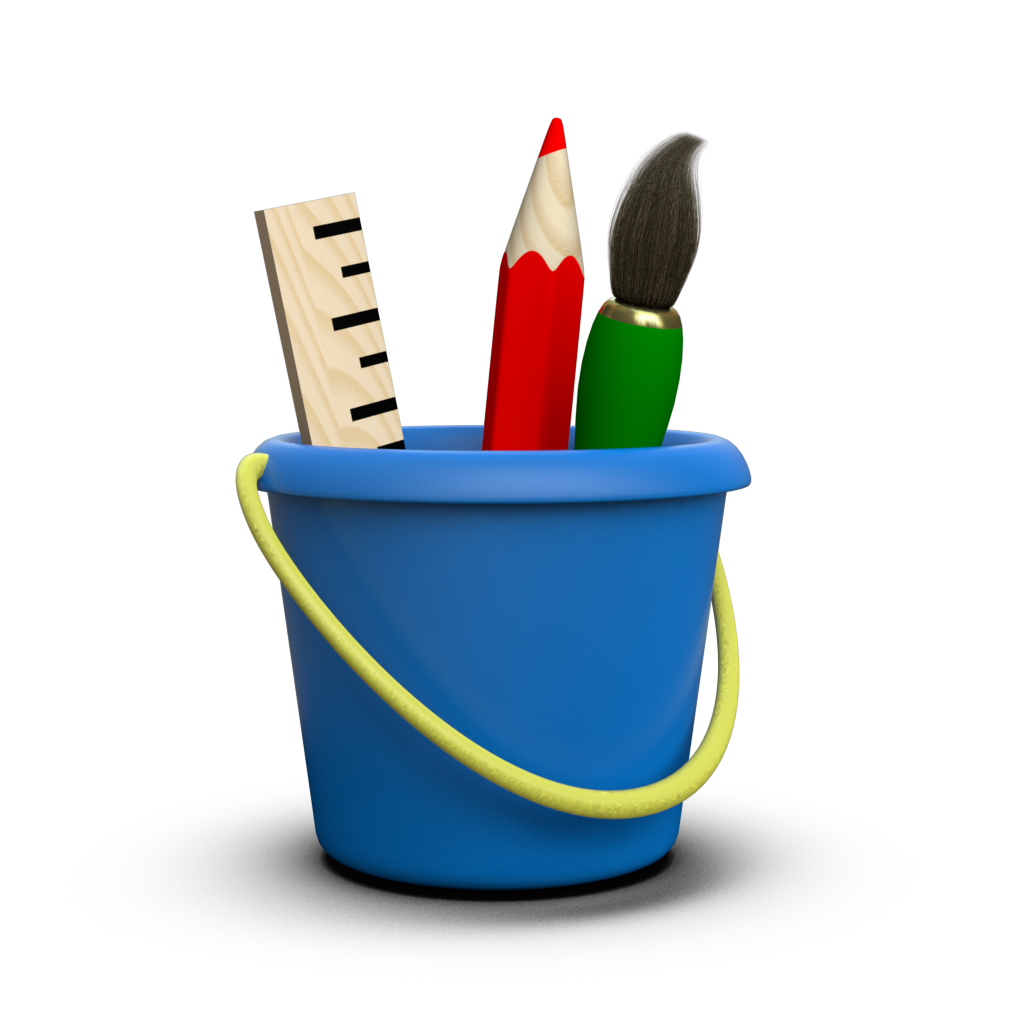
The Toyplot Ethos¶
Always look your best.Share your things.Play well with others.Never tell a lie.
What began as a quick workaround to produce better figures for some experiments in machine learning has quickly grown into Toyplot, “the kid-sized plotting toolkit with grownup-sized goals”. In a nutshell, we think that scientists and engineers should expect more from their plots, from explicit support for reproducibility and open science to greater clarity and better aesthetics.
We especially feel that, in an age of ubiquitous electronic media and the web, it makes little sense to publish using media (like PDF) designed to mimic the limitations of static paper. Toyplot embraces the standards of the internet - HTML, SVG, and Javascript - as its primary medium, so we can make useful new interactions part of the everyday experiences of data graphic users. Because we’re passionate about publishing and sharing results, Toyplot graphics will always be completely self-contained and embeddable, without the need for a server. All of the Toyplot graphics you will see in this documentation are live and interactive, despite the fact that they were created offline in a Jupyter notebook and passed through several publishing steps on the way to becoming our documentation. Of course, we provide backends to publish Toyplot figures to legacy formats including PDF, PNG, and MP4 (Play well with others).
With most toolkits, interactivity means throwaway features like pan-and-zoom. For Toyplot, we’re exploring simple-but-effective ideas to address the questions a colleague might ask when viewing a graphic in the real world: “What’s the value at this weird peak?” “Where do those two series cross?” “Can I get a copy of the data?” We’re working on efficient animation that doesn’t compromise the quality of your graphic with compression artifacts; and interactive data cursors that display quantities of interest and descriptive statistics just by hovering the mouse. And since the raw data is already implicitly embedded in a graphic, why not support reproducibility by making it easy to export, so the viewer can work with it themselves? That’s why Toyplot figures can export their underlying raw data in CSV format (Share your things).
Last but definitely not least: Toyplot fully embraces principles and best practices for clarity and aesthetics in data graphics that are well-established by the visualization community, yet sadly lacking in contemporary plotting libraries (Always look your best). Toyplot has beautiful color palettes and sensible default styling that minimize chartjunk and maximize data ink out of the box, not as afterthoughts or addons.